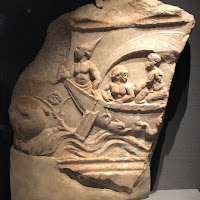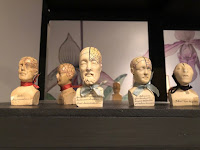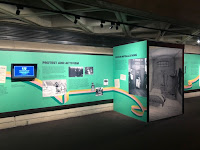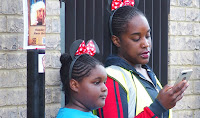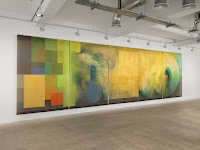Mimesis: African Soldier
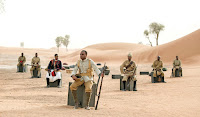
Wonderful video installation at the Imperial War Museum by John Akomfrah representing the Africans who fought and took part in the First World War. Shown over three screens it mixed archive material and a newly shot narrative featuring a variety of the soldiers often show against a desert like backdrop surrounded by the flags of the nations involved. It memorialised both soldiers and porters. I’m going to have my usual video moan in that this work was 75 minutes long! A bit longer than you want to spend on one piece in an exhibition. However as this was so lovely I would like to go back and watch the whole thing. It would really help to advertise the start times so you could watch it properly from beginning to end rather than dipping in in the middle which I found a bit confusing, Closes on 31 March 2018




